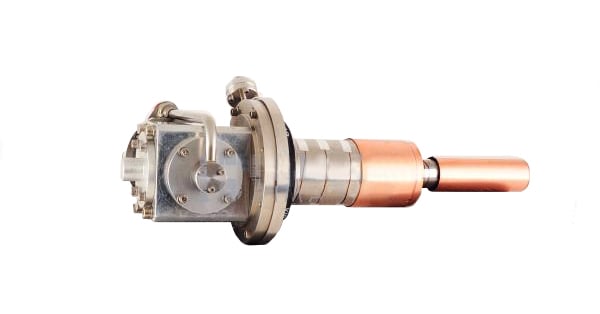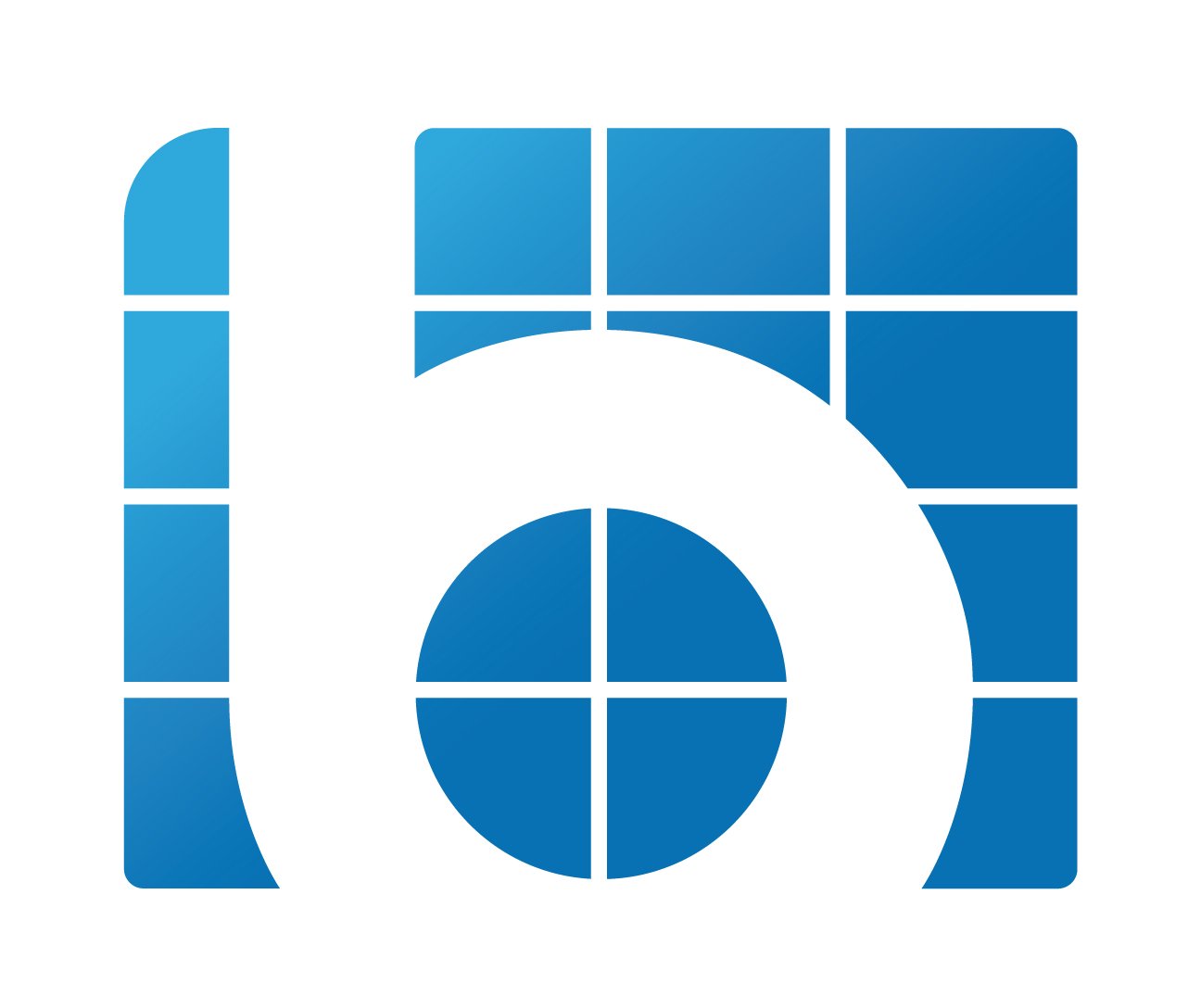
If you're new to the world of MRI, there's a learning curve that can take a good chunk of time to master. Safety, maintenance, cryogens, parts- each of these areas has its own set of particulars and minding each of them will help you run your system and serve your patients more efficiently.
We first published this article in 2015 to help new MRI users become better acquainted with a part that's crucial to monitor for better scanner performance and lower maintenance costs: the cold head. Years later, this is advice is as valuable as ever. Keep reading to learn what a cold head does, how long it lasts, how much it costs, and some service tips to keep it in good condition.
What Your MRI Cold Head Does
Inside every MRI is a cooling system containing thousands of liters of liquid helium to keep the magnet cool. This helium is exposed to very high temperatures, causing it to turn from liquid to gas. Inside the cooling system, in the midst of all of the helium, is a part called the cold head. The cold head re-condenses the helium gas to liquid to prevent it from burning off entirely.
The measure of the cold head's performance is called its "re-condensing margin". Each system’s console should provide the metrics for this number. Due to the enormous amount of cooling they do, cold heads lose around 10% of their cooling capacity each year, reducing their re-condensing margin. As the margin approaches zero, it is recommended to replace the cold head as soon as possible. Not replacing your cold head in a timely fashion can lead to a “magnet quench"- a costly problem that can put your MRI scanner out of commission for some time.
Average Cold Head Lifespan
Each cold head is a distinctive, individual unit and will see unique levels of usage. Still, through our experience as a provider of MRI equipment and parts and the observations of engineers and hospitals we've worked with, we've learned what can be expected from a typical cold head in terms of longevity:
• Refurbished cold head: 3-4 years
• New cold head: 4-5 years
Common Cold Head Problems & Solutions
The following are two common cold head problems to look out for and what you can do to help prevent them.
• Dropping or fluctuating re-condensing margin: If your compressor is working properly and this still happens, your cold head is a likely suspect and your level of helium loss has the potential to increase. It's best to address the problem before the helium loss becomes dramatic, as more lost helium means more cost incurred to replace it. When your helium margin drops to zero, helium begins burning off at an increasing rate. This means that your magnet is no longer being properly cooled and even more repairs could be needed.
• SOLUTION: Replace your cold head ASAP. The longer this is put off, the greater the risk/cost.
• Contamination: Impurities in your helium or migration of the oil inside your system's compressor into your cold head can reduce your cold head's efficiency and/or cause damage. Contamination problems tend to emerge gradually, but can have serious consequences.
• SOLUTION: Replacing your system's adsorber on an annual basis is a preventative measure that will reduce the likelihood of oil moving from your compressor and contaminating your cold head. The adsorber is the final filtration measure that keeps the oil out of the cold head and lets only pure helium through. Just like any filter, however, once the adsorber reaches saturation, its effectiveness diminishes and the possibility of contamination rises.
Another measure is working with qualified MRI field engineers. This is important because gaseous contamination can happen during the installation of a new cold head.
You can also contact your service provider for oil testing and air testing. These tests will let you know where you stand. If contamination is found, it doesn't necessarily mean that your cold head is in iminent danger of failure, but it does mean that a problem is likely to happen sooner.
MRI Cold Head Replacement Cost
Replacing your cold head can cost anywhere from $5,000-10,000. Where your individual purchase falls in this spectrum will depend on which MRI scanner you use and whether you buy new or refurbished.
The Takeaway
Whether your cold head is brand new or has a few years on it, there is no time like the present to start minding it. Monitoring your re-condensing margin, talking to your service provider about contamination testing, and getting a fresh absorber each year are great ways to prolong your cold head's life and save you downtime.
If your cold head is already approaching the end of its life expectancy, you can prepare for its eventual failure by getting in touch with a parts provider and discussing availability.
If you're ready to start that conversation, you can contact our Parts team at 877-621-2887 or use the button below to let us know how we can help!

Block Imaging
Thank you for reading our blog! This is just one of hundreds of pieces of content on imaging equipment, sales, parts, and service. To learn even more, check out our other articles or the eguides and videos in our learning center.






